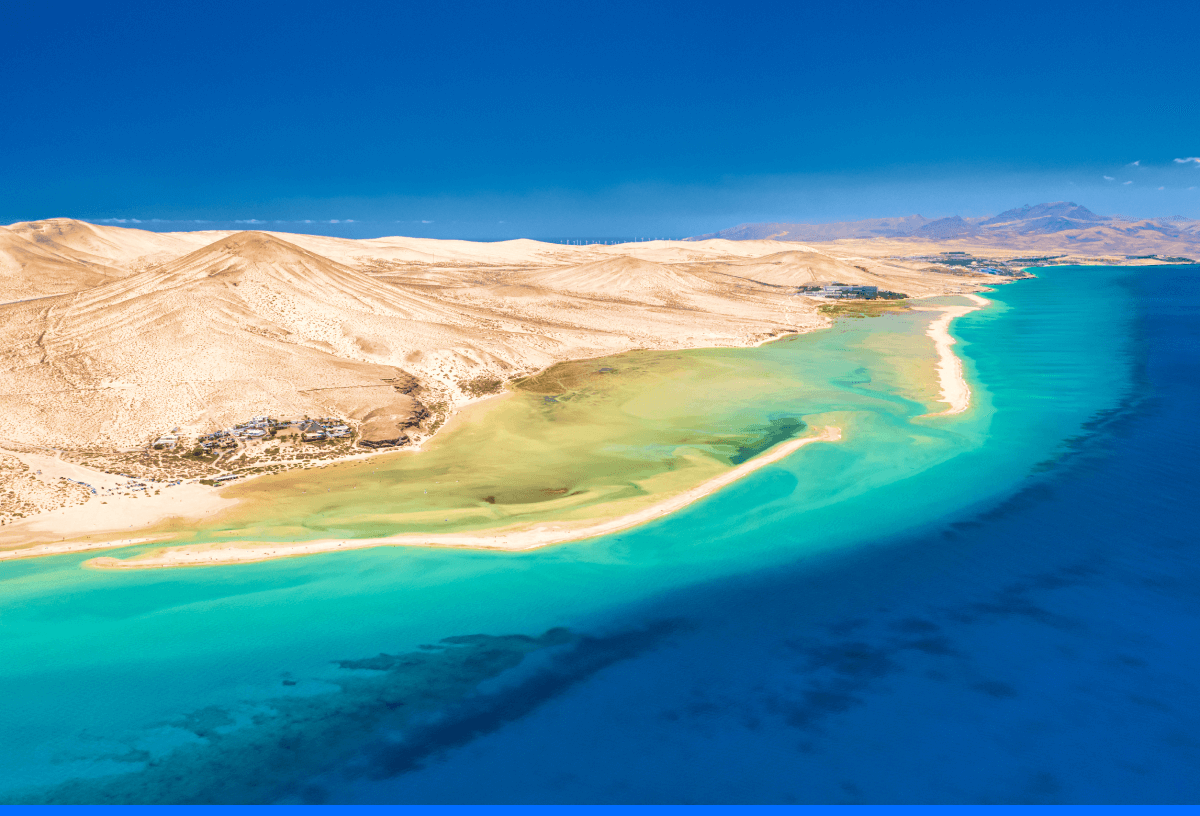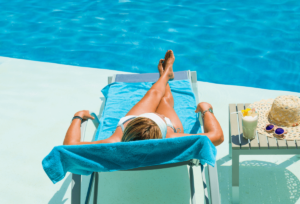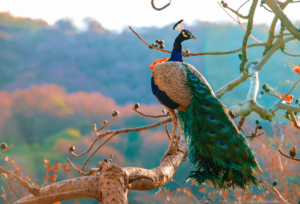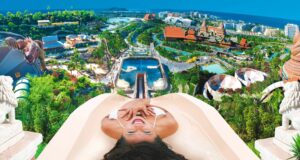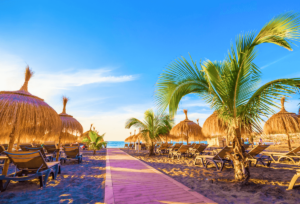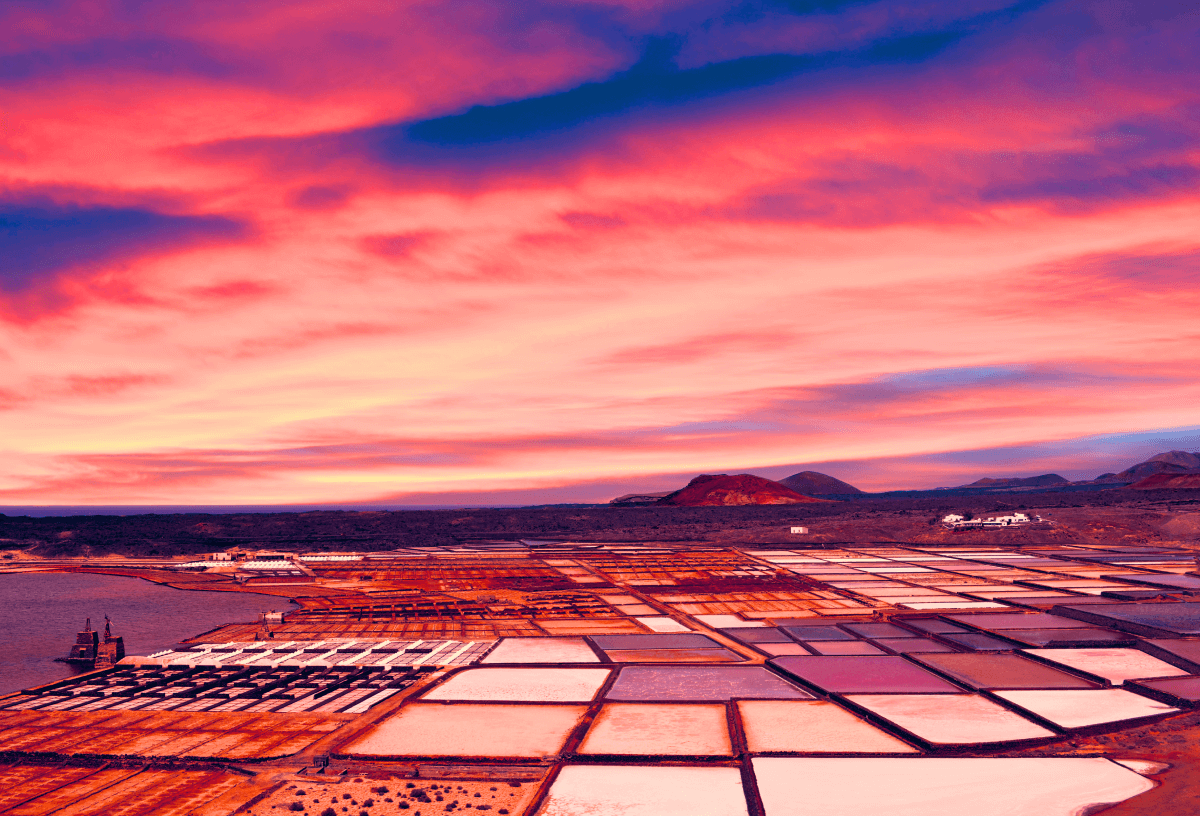
Going on holiday is really exciting, but often planning what to do while you’re there can be a little overwhelming, especially if you’ve not been to that destination before!
Don’t worry, we’re here to help. Not only do we have 12 fantastic boredom-busting suggestions, they are all completely free to do! Keeping you and your family busy on holiday can become pretty pricey, but these suggestions are all super fun and won’t cost you a penny.
Let’s get to it…
Tenerife
Carnival of Santa Cruz de Tenerife
The Carnival of Santa Cruz de Tenerife starts towards the end of January and runs to the beginning of March. It attracts people from all over the world and is considered the second most popular and internationally known carnival, after the one held in Rio de Janeiro.
The main week of the pre-Lenten carnival is the week prior to Ash Wednesday when the celebration really kicks in. During this week businesses shut down and everyone heads out to party.
Throughout the festival there are many singing and dancing competitions, and there’s even a crowning of the Carnival Queens. The town is filled with costumes, colour, parades and masquerade balls, and the fun is enjoyed by people of all ages.
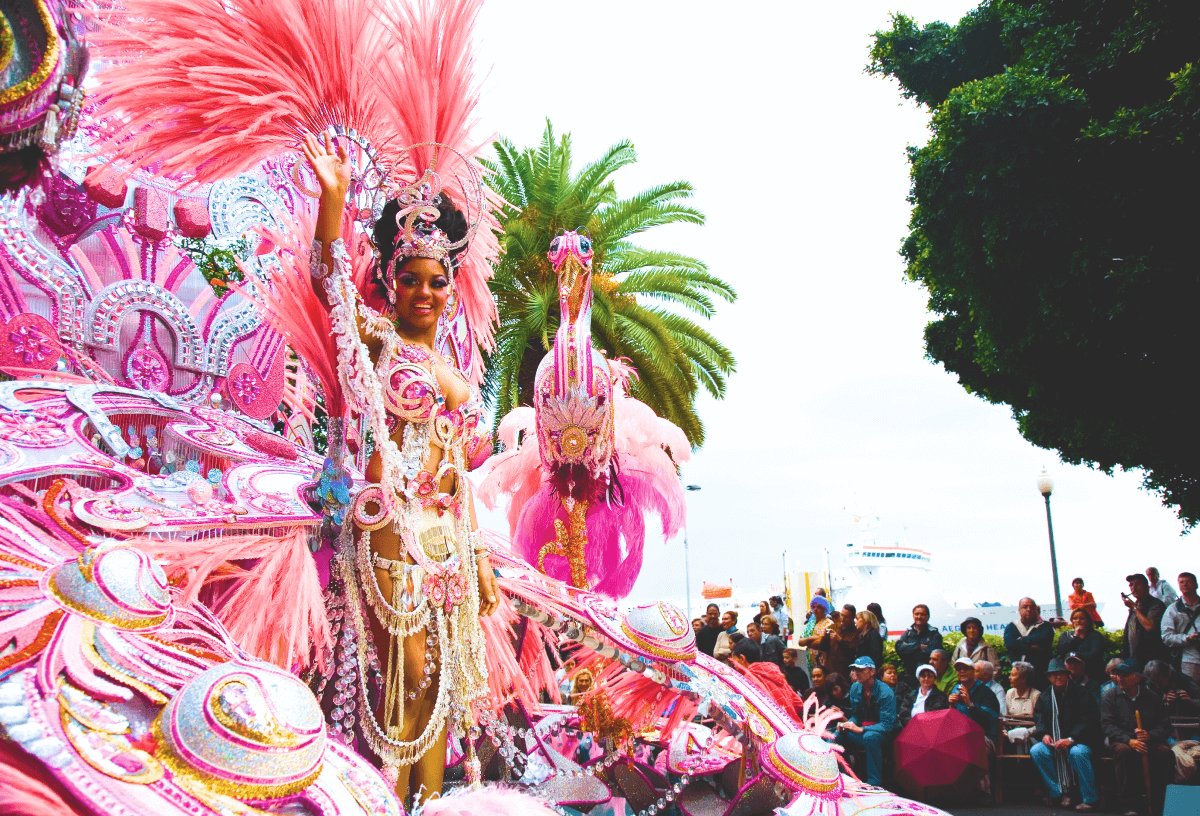
Surfing at La Tejita
La Tejita is located in the south east of Tenerife and is a great place for surfing for beginners thanks to left and right hand waves breaking in crystal clear water over a sandy bottom. If you’re a real beginner, it’s best to get some lessons first before heading out to the waves.
Those with a little more surf experience can expect plenty of waves throughout the day thanks to the consistent breeze coming from the north of the island.
If you’re more of an observer then don’t worry, there’s plenty of space on the sandy beach to sprawl out and soak up the rays if that’s more your style!

The Museum of Nature and Archeology
The Museum of Nature and Archeology is on the site of the old Civil Hospital and consists of three departments: Archaeology, Natural Sciences and Bioanthropology. Inside the museum you will find plenty of ancient artifacts that give you a sneak peek into the history of Tenerife.
Most of the museum’s exhibits are linked to the original inhabitants of the island of Tenerife, the Guanches. There are even examples of Guanche mummies as well as fossilised remains of prehistoric animals, including the giant lizard and giant rat of Tenerife!
Although tickets aren’t completely free, they are very reasonable. The museum asks for 3 euros general admission and the donation does get used to help improve the museum and preserve the artifacts.
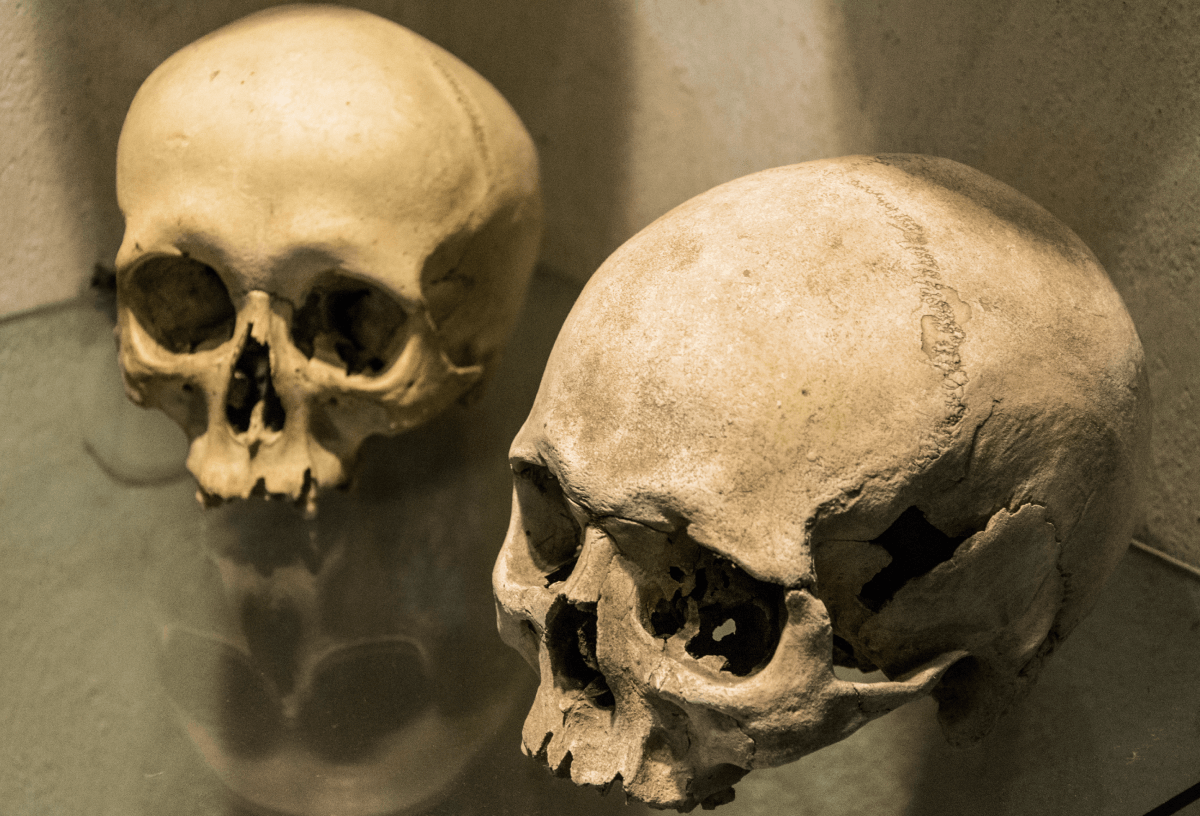
Gran Canaria

Nublo Rural Park
Nublo Rural Park is the largest natural area in Gran Canaria and it protects a range of natural treasures including Roque Nublo rock. The area has been recognised by UNESCO as a Biosphere Reserve.
There’s plenty to do here including visiting beaches, viewpoints and picnic sites. You can also climb to the base of Roque Nublo if you’re interested in hiking! Throughout the national park you can sample lots of tasty treats like marzipan, sweets and local cheese.

Mirador de Puerto de Mogán
Mirador de Puerto de Mogán is a lookout point that gives panoramic views of the port below. The view has been dubbed as one of the best in Gran Canaria so you’re sure to enjoy what’s in front of you when you get to the top!
There is a bit of a steep climb up the hill to reach the stunning view so keep this in mind if you’re planning a visit with people who have limited mobility.

Punta Mujeres
Punta Mujeres is a small fishing village on the north coast of Gran Canaria which is mostly undiscovered by groups of tourists. Along the coastline there are a number of bathing pools and lagoons which are cleverly protected from the tidal surges by giant breakwaters.
You can access the pools via stainless steel steps and handrails like ones you can find at the local swimming baths. The lagoons are great for paddling but once the tide has turned, the sea comes crashing in over the man made barriers creating a real-life wave pool.

Lanzarote
Sunset Over The Salt Pans
Lanzarote’s salt pans are the oldest in the Canary Islands and date back to the 15th century. From 1987 the Salinas de Janubio have been included in the Canary Islands Network for Protected Natural Areas and are now also considered as a Site of Special Scientific Interest (SSSI).
The area is also a great place to see lots of wildlife, with many migrating birds nesting here. But, one of the most exciting parts of this area is thanks to the vast landscapes and open views – the sunsets.
Head to the salt pans just as night starts to draw in to watch the stunning colours fill the skies right before your eyes!

Casa-Museo del Campesino
Casa-Museo del Campesino translates to house museum of the peasant farmer, and has been inspired by Lanzarote’s typical architecture of white-washed buildings. Inside the museum you can discover the secrets of local handcrafts, traditions and the way of life of farmers on the island.
In the centre of the patio is an underground volcanic cave which has been turned into a restaurant ideal for trying traditional dishes from Lanzarote. The museum tastefully blends modern art and tradition together while respecting the natural surroundings of the island.
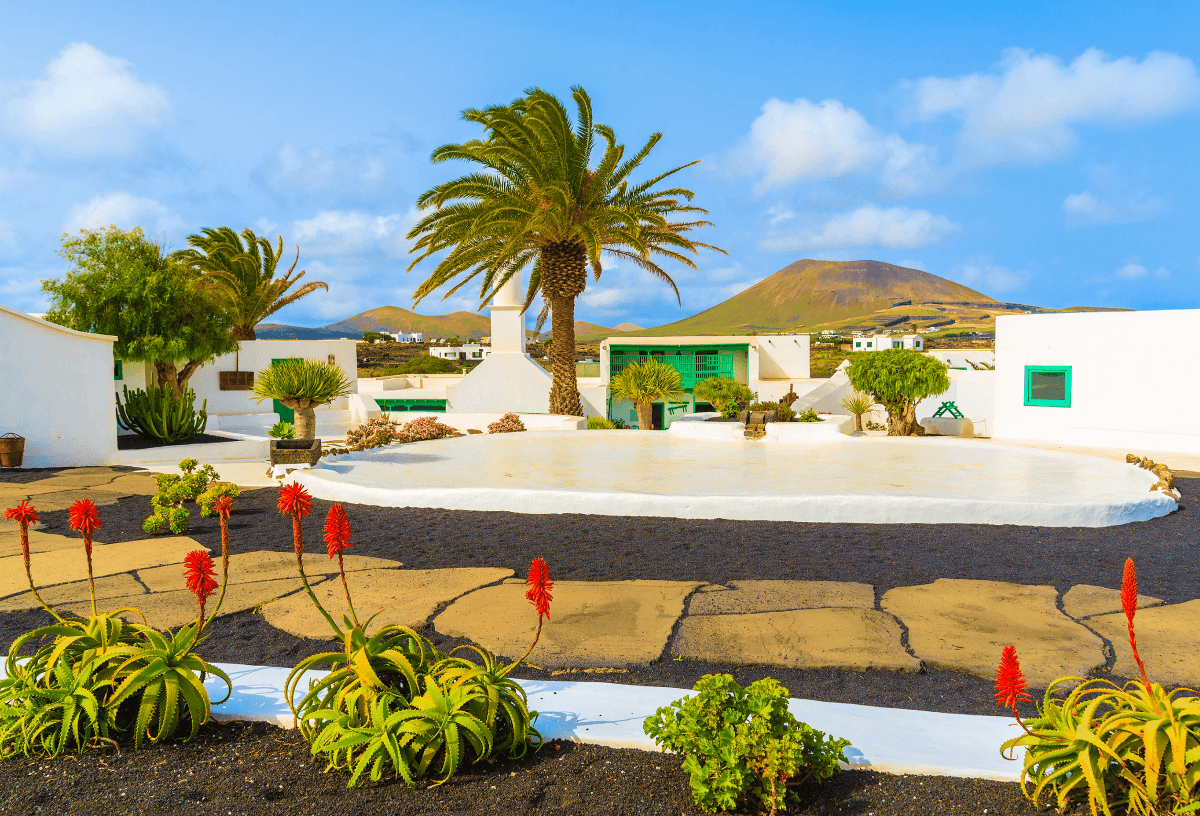
Valley of the Thousand Palms
The picturesque village of Haría is known as the ‘Valley of the Thousand Palms’ and is a beautiful palm-filled area in northern Lanzarote. The village is surrounded by luscious green fields and wildflower meadows and has narrow streets lined with traditional houses.
The town square, Plaza León y Castillo, is filled with historic buildings and even more palm trees. Many artists are attracted to idyllic Haría and can be seen working away in a variety of craft shops and galleries.

Fuerteventura
Stargazing
The best time for stargazing in Fuerteventura is January to March before spring kicks in. The main spot to view the delights of the night sky is Tefía observatory in the centre of Fuerteventura.
Out of all the beautiful stars in the sky that you can see, there are two particularly bright ones to be spotted here, Sirius, the brightest star of the Canis Major constellation and Canopus, in the Carina constellation.
At the observatory there is a small refuge where you can even stay the night and enjoy the observatory dome if you book in advance.

Snorkelling
Fuerteventura is famous for its long sandy beaches, so naturally, it’s a hotspot for watersports like snorkelling. The clear waters also make it an enticing place to view marine life while paddling out to sea.
Thanks to Fuerteventura’s year-round warm weather, visitors can enjoy watersports at any time of the year without getting too nippy! Despite this, the most ideal time for snorkelling is between June and October when the water reaches temperatures around 22/23°C.
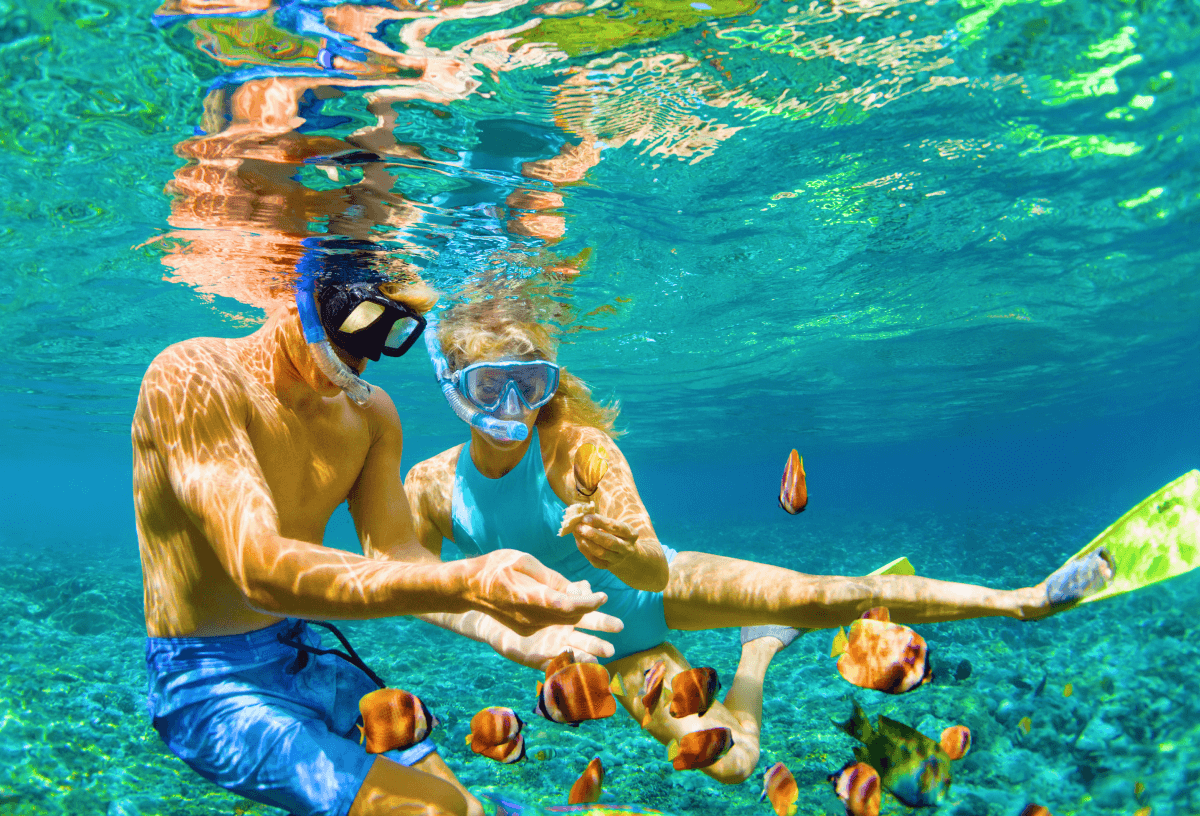
Parque Natural de Corralejo
Corralejo Natural Park is the best place to go to enjoy the desert beauty of Fuerteventura. The coastline is 10.5km long and is located in the north-east of the island. In the north of the natural park you will find the biggest dune spread in the whole of the Canary Islands. In the south is a different story! Here you will find a dramatic landscape of red volcanic rock.
If you’re a beach bum then be sure to bring a towel to lounge on throughout the day. We also recommend bringing a picnic so you can enjoy snacks and drinks during your relaxing day. If you fancy exploring the volcanic landscape then make sure you’ve got comfortable walking shoes on to get you through the 300 metre climb!

Fancy The Canaries?
With so many activities to take part in at no extra cost, we’ve no doubt you will be tempted by the gorgeous Canary Islands. Check out our fantastic Canaries deals and bag yourself a bargain holiday, you deserve it!



